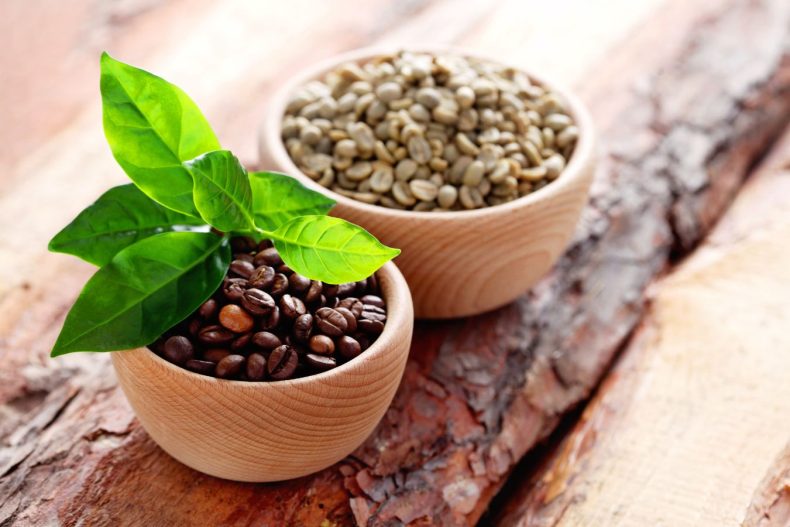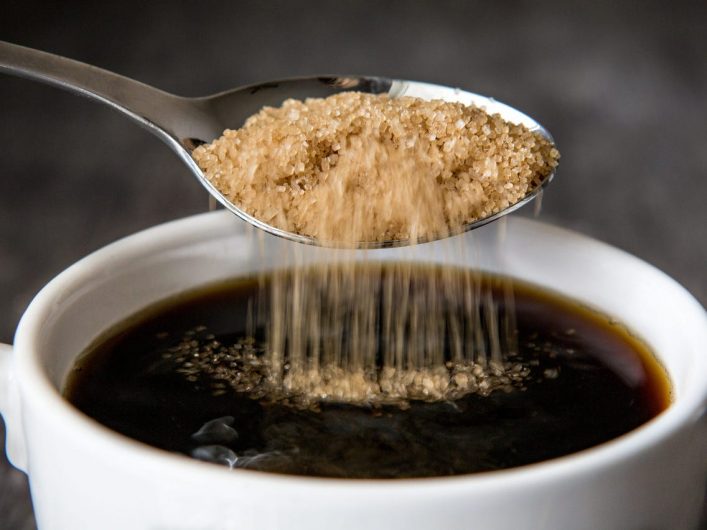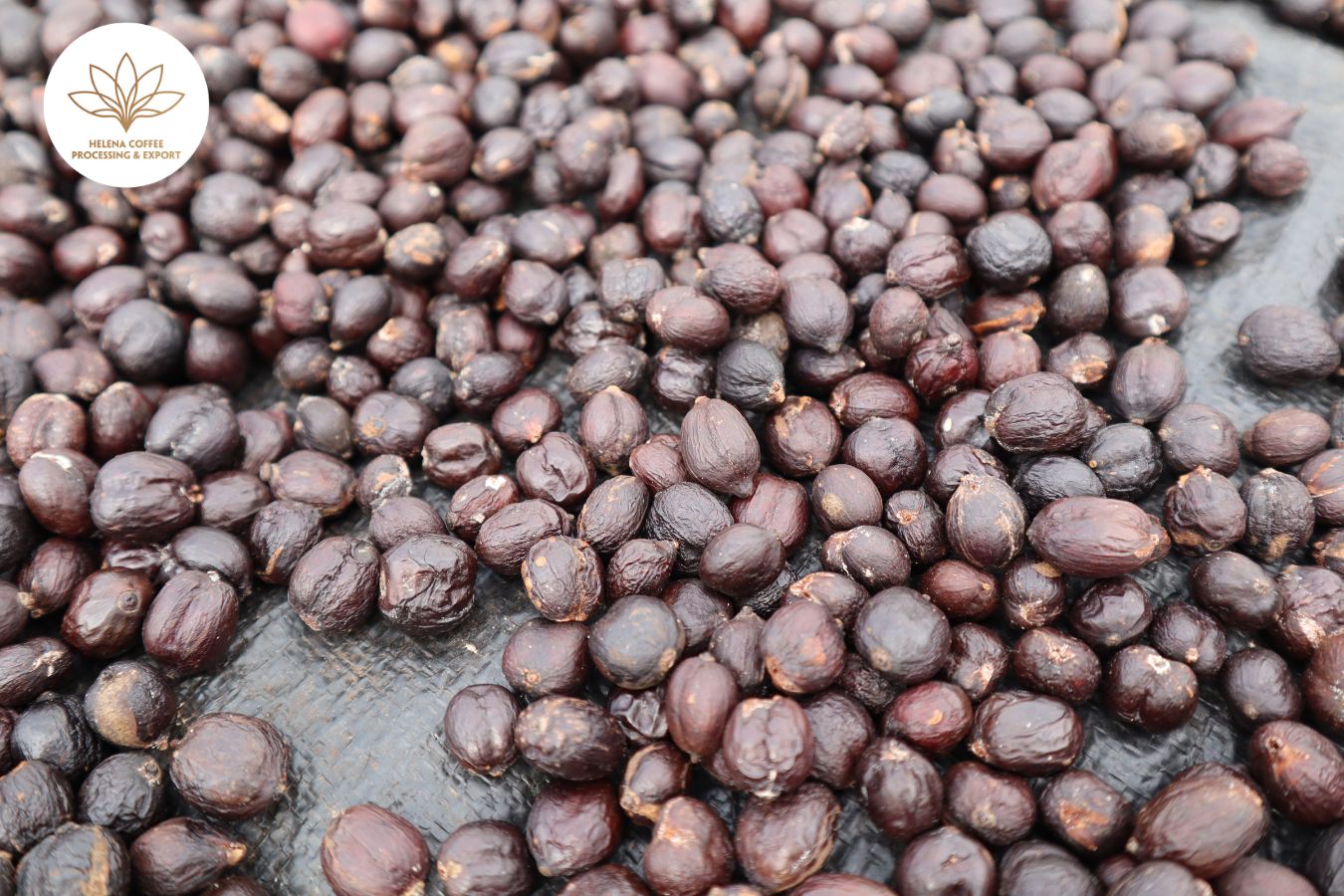
Regarding Fermented Robusta Coffee, some people like its unique flavor, while others hate it. But one thing is for sure: Robusta coffee is the new trend in specialty coffee processing in Vietnam and the world!
Within the scope of this article, Helena Coffee leads you to discover how the fermentation of Robusta coffee can affect coffee quality, which means Robusta Coffee Fermentation What is real coffee? And is it possible to process coffee without skipping this process? this is also how we are working every day to improve the quality of coffee inputs on the farm to serve the needs of our customers. Our roasted and ground coffee products go through the seasons to better serve coffee-loving customers.
What Is Robusta Coffee Fermentation Process?
Remember those early high school lessons: fermentation is a chemical reaction. The combination of yeast, bacteria and other microorganisms makes it easier for one substance to break down into other substances. Usually, the substances that are broken down are sugars. When this happens, they tend to give off heat. In addition, different enzymes can catalyze this event.
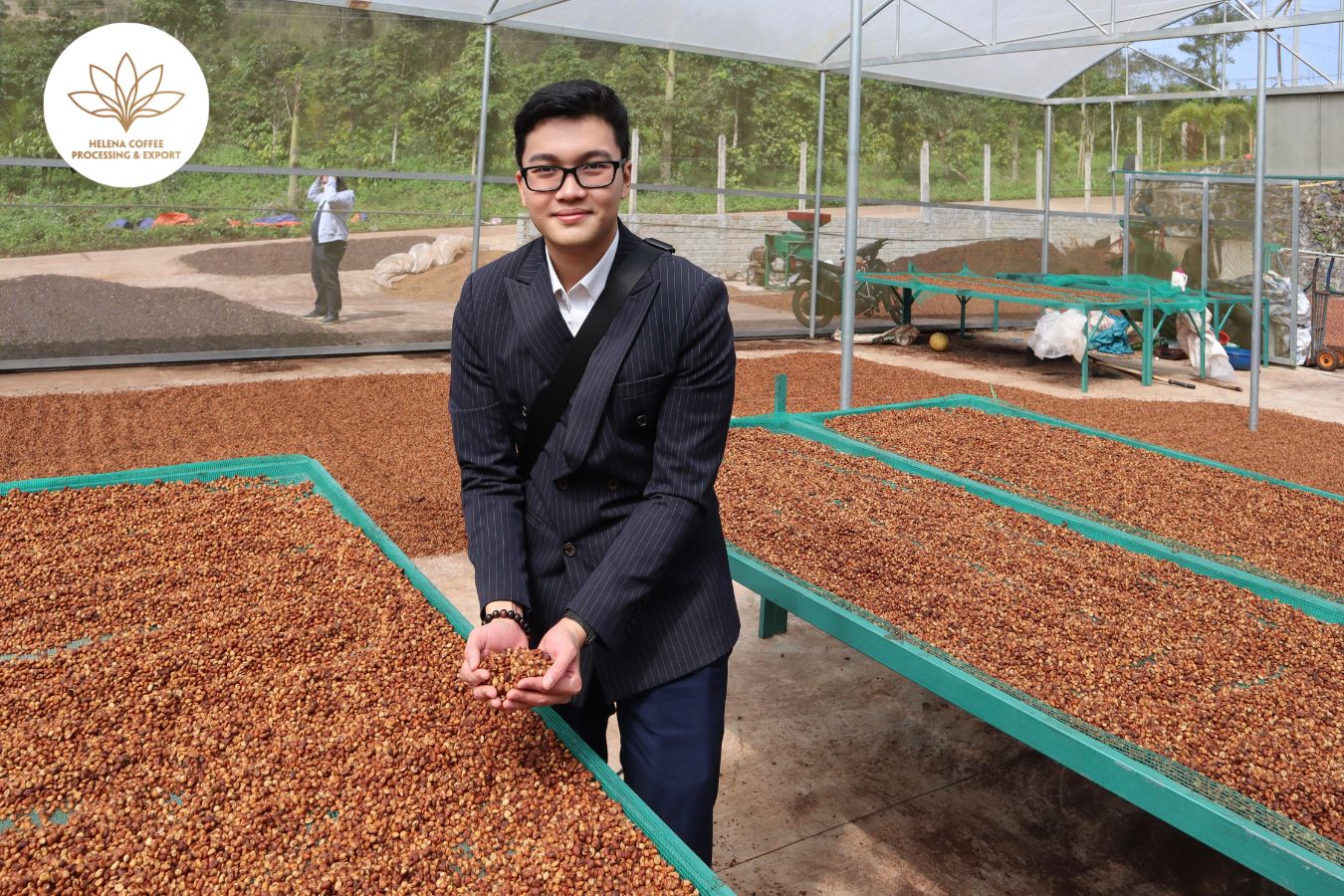
Or, to put it more simply, the fermentation of Robusta coffee is a natural change that occurs when you put sugar and water together – and in well-picked coffee, both elements are present. This element. And so, as soon as the ripe coffee berries are harvested (or even while they are still on the tree), the fermentation of Robusta coffee will begin.
The question is, does this Robusta fermentation improve the taste of the coffee or ruin it? Together we will find the answer.
Robusta Coffee Fermentation Process?
Fermenting Robusta coffee is an integral part of the post-harvest processing of coffee. It can happen in one of two ways:
- Aerobic: This is what happens in the presence of oxygen. The technique of this Robusta coffee fermenter is simple: place the recently harvested ripe cherries in a barrel or container and let the microorganisms work. Monitor time and temperature to help you control and analyze it.
- Anaerobic (anaerobic): In this case, the coffee cherries are placed in a tank (before or after grinding) and covered in water, allowing different microorganisms to work.
The anaerobic (anaerobic) fermentation of Robusta coffee in water will be more homogeneous and easier to monitor, whereas the aerobic environment is heterogeneous and more complex.
Coffee fermented with anaerobic Robusta coffee.
Fermenting Robusta coffee is a chemical process in which complex molecules are broken down into simpler molecules, creating liquid and gaseous products (volatile compounds). Coffee cherries are processed using one of three methods immediately after harvest to allow spontaneous fermentation of Robusta coffee or intentional fermentation of Robusta coffee.
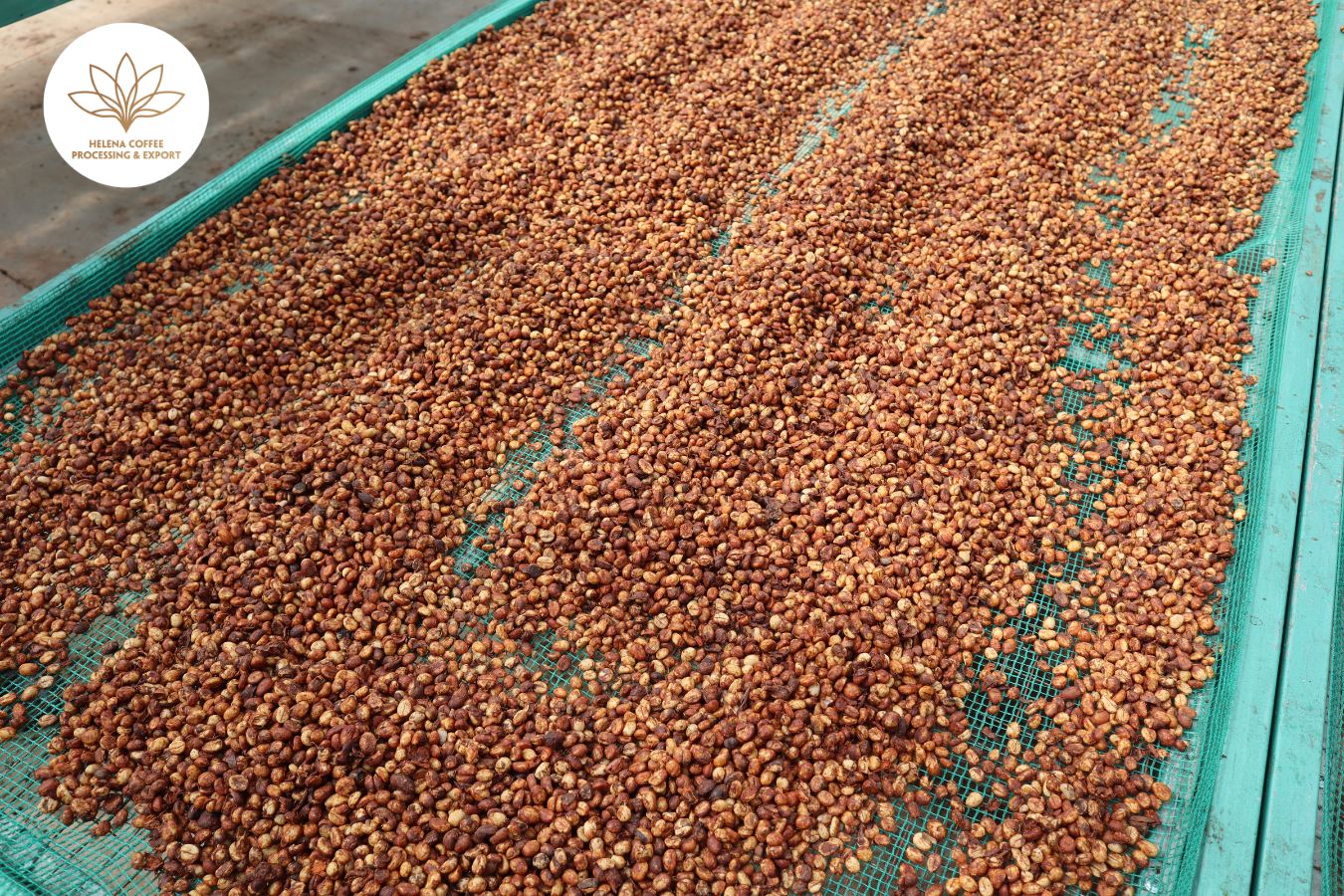
The three coffee processing methods are dry, wet, and honey. Depending on the type of processing, the time required for the fermentation of Robusta coffee varies. The primary purpose of Robusta coffee fermentation in all methods is to remove the mucous membrane, which is rich in polysaccharides (pectin), and to reduce the water content of the coffee beans. However, if managed carefully, the fermentation of Robusta coffee also positively impacts the quality attributes of the coffee.
Above, you have understood what Robusta coffee is; before going further, Helena Coffee hopes you have learned about today’s most famous green coffee processing methods. If not, you can read more here >>> Green coffee processing methods: Natural, Honey, Washed <<<
How Does Robusta Coffee Fermentation Affect Coffee Quality?
Since the fermentation of Robusta coffee is so complex, many potential outcomes exist. Poor, uncontrolled fermentation of Robusta coffee can lead to mold or even chemical flavors in the coffee – That’s why producers need to understand the process, monitor, and work with best practices.
The Fermentation Process of Robusta Coffee Affects the Taste of Coffee
Because when controlling the fermentation of Robusta coffee successfully, it can enhance the best attributes of coffee, process coffees with distinct, unique flavors… Increase sweetness and acidity while discovering and highlighting distinctive new flavor groups such as fruit, caramel, chocolate, and others. This is increasingly common in the specialty coffee processing industry in Vietnam and the world.
Application of Robusta Coffee Fermentation Process in Specialty Coffee Processing
Good coffee is high-quality and requires consistency and uniformity in each production batch. As the scale and output increase, this becomes a considerable challenge for coffee processors and roasters. It motivates Producers to learn the processes behind fermentation, to attend training in quality analysis, and to taste, so they can proactively assess the impact of their experiments. – and change them if they need to.
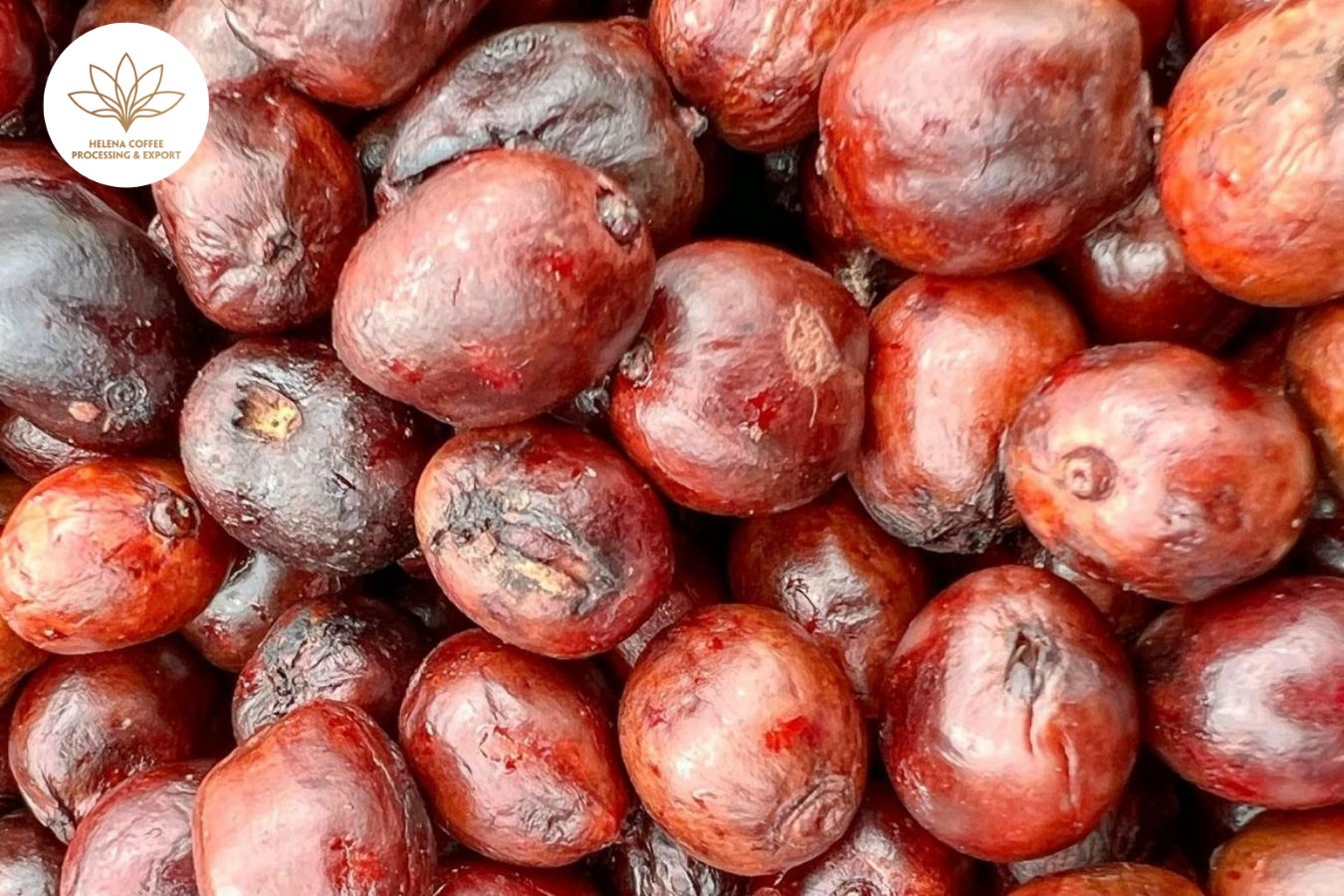
Helena Coffee Farm – High Standard Robusta Fermentation
One of the critical factors to be aware of and control are Brix, pH, fermentation time, the temperature during fermentation, accurate monitoring, and data recording both during and after when fermenting Robusta coffee so that it can be extracted, adjusted and improved over the seasons to bring quality and consistency to the product.
You see, the fermentation of Robusta in coffee is inevitable. We will be the ones to decide on the PURPOSE fermenting Robusta coffee to create unique product lines with different flavors.
Coffee processing is integral to creating the unique flavor and aroma of your perfect cup of coffee. Hopefully, after this series of articles, you have understood more about what robusta coffee is, the impact of Robusta coffee fermentation on the taste of coffee, and suggesting ways to create new flavors. Specialty coffee beans.

